I am trying to build a custom-looking action sheet. I thought the easiest way would be creating a view as a subview and assign constraint of subview's top to superview's bottom. And at the same time assigning a cover view with some opacity. Thus, I could have different versions of subview and I can initialise the necessary one and slide it.
I couldn't find anything useful for Swift, so, using this obj-c answer, I tried to convert it to Swift. I achieved the opaque background with this however translating constraints doesn't seem to work.
var coverView = UIView()
override func viewDidLoad() {
super.viewDidLoad()
coverView.backgroundColor = UIColor(white: 0.0, alpha: 0.4)
coverView.alpha = 1.0
self.view.addSubview(coverView)
self.view.bringSubviewToFront(coverView)
}
//doesn't work
self.view.addConstraints(NSLayoutConstraint.constraintsWithVisualFormat("H:|[coverView]|", options: kNilOptions, metrics: nil, views: NSDictionaryOfVariableBindings(coverView)))
self.view.addConstraints(NSLayoutConstraint.constraintsWithVisualFormat("V:|[coverView]|", options: kNilOptions, metrics: nil, views: NSDictionaryOfVariableBindings(coverView)))
I got confused on instantiating the view and applying transition animation. If I choose to create a UIView under ViewController, I cannot adjust constraints to adjust equal width of subview to superview.
How can I use the UIView that I created as a Subview (in Storyboard) and then adjust its width constraints so the UI doesn't bug? Also, how can I apply the transition animation so it seems natural?





